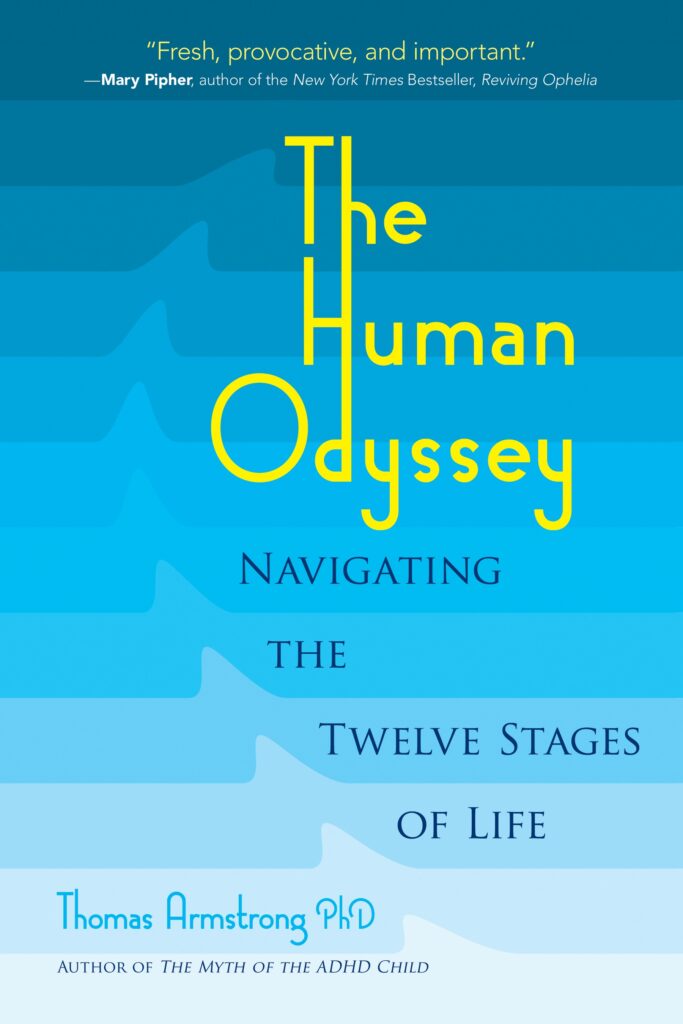 This video is part 3 of a 10 video series based on a course I taught called Introduction to Neurodiversity, at Bridges Graduate School for Cognitive Diversity in Education. It discusses the roots of the neurodiversity movement showing how it essentially emerged in the 1990’s out of the autistic rights movement, which itself emerged from the disability rights movement of the 1960’s and 1970’s. It discusses important legislation, advocacy efforts, key documents, and presents a timeline of the key events that propelled the concept of neurodiversity to a position of public visibility in the 2010’s.
This video is part 3 of a 10 video series based on a course I taught called Introduction to Neurodiversity, at Bridges Graduate School for Cognitive Diversity in Education. It discusses the roots of the neurodiversity movement showing how it essentially emerged in the 1990’s out of the autistic rights movement, which itself emerged from the disability rights movement of the 1960’s and 1970’s. It discusses important legislation, advocacy efforts, key documents, and presents a timeline of the key events that propelled the concept of neurodiversity to a position of public visibility in the 2010’s.
For more information about neurodiversity, see my books The Power of Neurodiversity: Unleashing the Advantages of Your Differently Wired Brain, and Neurodiversity in the Classroom: Strength-Based Strategies to Help Students with Special Needs Succeed in School and Life.
This page was brought to you by Thomas Armstrong, Ph.D. and www.institute4learning.com.
Follow me on Twitter: @Dr_Armstrong





















The neurodiversity movement has played a vital role in reshaping our understanding of neurological differences and promoting acceptance and inclusion. This insightful article traces the history of the neurodiversity movement, highlighting key milestones and influential figures. By challenging traditional perspectives and advocating for the rights and dignity of neurodivergent individuals, this movement has paved the way for greater understanding and appreciation of neurodiversity. Thank you for providing this historical overview and recognizing the importance of embracing neurodiversity!